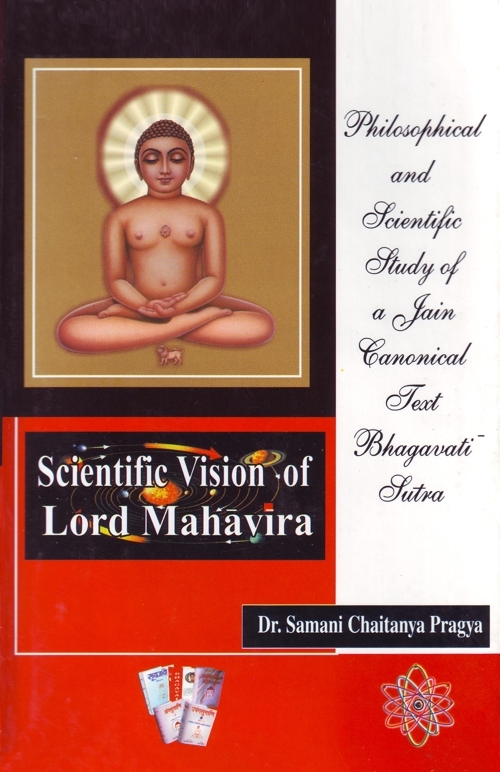The definition of soul becomes clear by the attribute of Jīvāstikāya mentioned in the Bh.S. Among the five fundamental entities one is Jīvāstikāya i.e. conscious substance or soul. The word Jīvāstikāya represents all the living entities. Its fundamental quality is consciousness.[24] Hence, it is quite obvious that the soul is consciousness and consciousness is invariably the soul. The synonymous words,[25] such as, cognizant, (vinnu), knower (veya) prove the fact. Acārāṅga Sūtra [26] makes no difference between the soul and the consciousness. It is written—je āyā se viṇṇāyā. In later works, this quality is denoted by the word 'cetanā'.[27] It is cetanā (consciousness) alone which cannot exist in any other substance than the soul. Hence, the main line of demarcation between soul and non-soul is consciousness (cetanā). Nandī sūtra clearly states that all living beings, howsoever, even in the lowest possible stage of development, possesses an infiniteth part of omniscient knowledge.[28] If that part of omniscience is covered by the karmic particles, it would become non-living, but such a contingency never arises.
Consciousness consists of knowledge (jñāna) and intuition (darśana).[29] In the Tattvārtha Sūtra and other Jain literature the definition of soul in the terms of 'upayoga' is very common "uvaogalakkhaṇo jīvaḥ."[30] Knowledge is inherent, according to Jain philosophy, but does not shine because it is obscured by the veil of karma. The Bh.S[31] mentions five kinds of knowledge, viz., mati (sensuous), śruta (scriptural), avadhi (clairvoyance), manaḥ- paryava (mind-reading) and keval (pure and perfect knowledge or omniscience) can arise with the removal of the corresponding karma-veil. Four types of intuitions and three types of perverted knowledge are also prescribed in living beings.[32]
The four intuitions are visual, non-visual, clairvoyant and omniscient. The first three kinds of knowledge are mentioned above. Which means that the first three type of knowledge can be pure as well as impure.
(ii) Bh.S; 6/10/174—Goyamā! jīve tāva niyamā jīve, jīve viniyamā jīve.
(ii) Illu. of J.T.; 2/4—sākāro'nākaraśca.
(ii) Pa—cāstikāya; 27—jivotti havadi cedā upaogavisesido.............
 Dr. Samani Chaitanya Pragya
Dr. Samani Chaitanya Pragya

